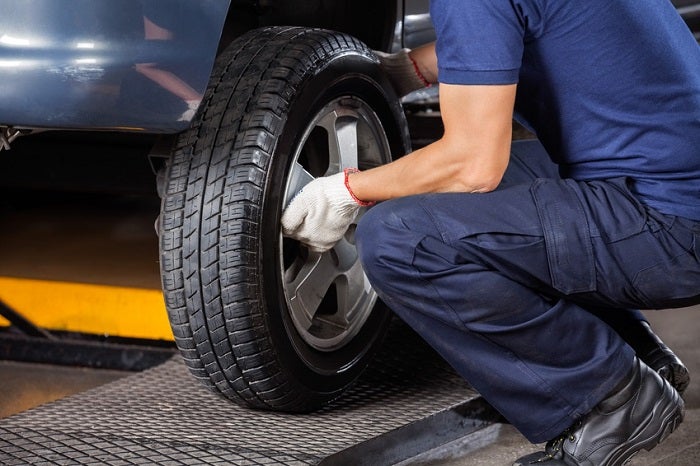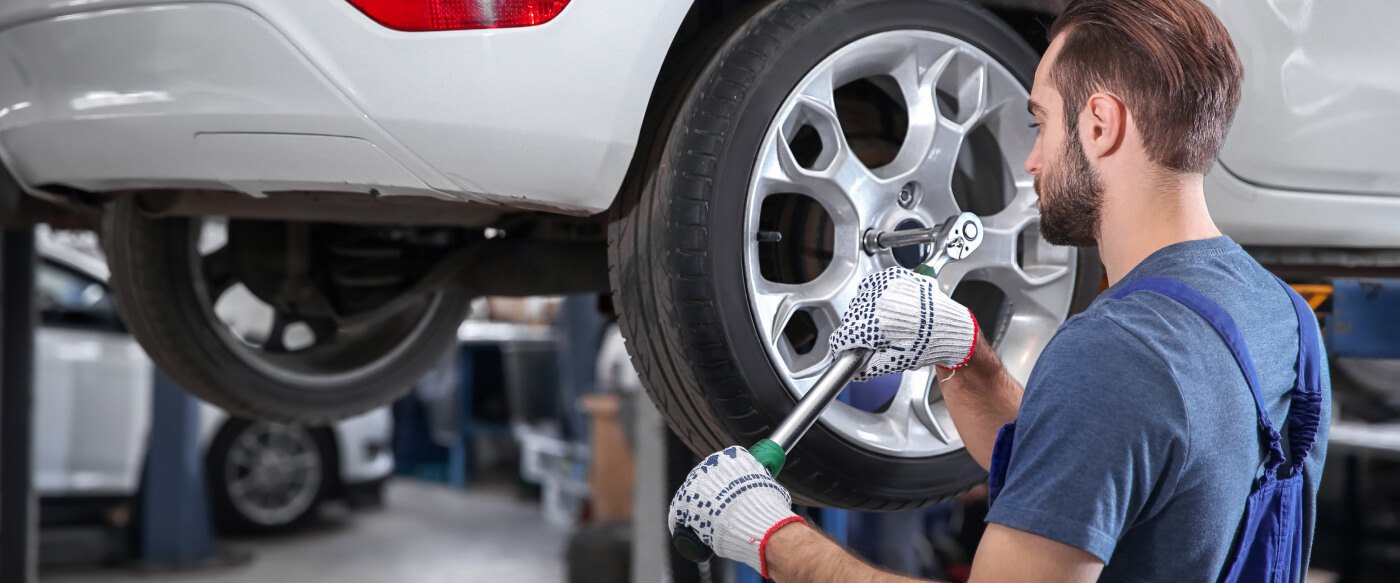Morris Tires: Your Location for GMC Tires Service Quality
Morris Tires: Your Location for GMC Tires Service Quality
Blog Article
Tire Service: The Effect of Climate Condition
When it comes to guaranteeing optimum efficiency and security on the roadway, understanding the influence of weather problems on tire solution is vital. GMC Tire Service. In this conversation, we will certainly discover the elaborate relationship between climate problems and tire service, losing light on the significance of weather-specific tire maintenance practices and considerations.
Warm and Tire Efficiency
When revealed to high temperature levels, tires experience modifications in performance that can significantly affect vehicle safety and handling. The warm created from extended driving or warm climate conditions causes the tire rubber to soften, leading to decreased step life and boosted wear.

Cold Weather Results
Winter conditions can have a considerable influence on tire efficiency and security. As temperatures decline, tire rubber can solidify, resulting in decreased grip on icy or snow-covered roadways. In cool weather, tires may also shed atmospheric pressure extra rapidly, which can impact dealing with and gas efficiency. Furthermore, chilly temperature levels can cause tire sidewalls to tense, boosting the threat of damages from splits or other road dangers.
To mitigate the impacts of winter on tires, it is important to on a regular basis examine tire pressure and inflate them to the maker's suggested degrees. Utilizing winter or all-season tires developed for cool climate conditions can additionally boost grip and grasp on icy or snowy roadways. Correct tire upkeep, including regular assessments for wear and damages, comes to be even much more essential throughout colder months to guarantee optimal performance and safety.
Rainy Issues Influence
Tires with worn-out footsteps are more vulnerable to hydroplaning, where a layer of water constructs up between the tire and the road surface area, leading to loss of traction. To combat this, vehicle drivers ought to routinely inspect their tires for sufficient walk depth and take into consideration spending in tires specifically made for damp conditions.
Furthermore, wet climate can likewise decrease presence, making it challenging for chauffeurs to see the roadway ahead plainly (GMC Tire Service). In such problems, it is necessary to change driving rates accordingly and preserve a secure following range to enable sudden stops. Effectively inflated tires can additionally aid in preserving control on wet roads by giving much better handling and grasp
Snow and Tire Safety And Security
When driving in snowy problems, having the right tires can make a considerable difference in security and performance. Winter months tires are created with special rubber substances and step patterns to provide much better traction on snow look at this web-site and ice compared to all-season tires.

It is vital to comply with producer instructions when using and installing tire chains to avoid damages to the tires and lorry. By picking the best tires, preserving proper rising cost of living, and considering added traction help like tire chains, motorists can enhance their safety and security when navigating snow-covered roads.
Weather-Related Tire Maintenance
When confronted with various weather, proper tire upkeep becomes an important facet of car security and efficiency. Weather-related tire upkeep encompasses a variety of methods focused on guaranteeing ideal tire feature and long life in various weather situations. One crucial element of weather-related tire upkeep is tire pressure guideline. Rising and fall temperatures can create tire pressure to differ, influencing traction and fuel efficiency. Regularly checking and changing tire pressure according to maker click reference referrals is necessary for secure driving in transforming climate conditions. Additionally, tire tread depth plays a significant function in managing various weather condition components. Tires with adequate tread deepness give better grasp on damp or icy roads, decreasing the danger of hydroplaning or skidding. Examining tire step routinely and changing tires when step wear gets to a certain deepness is important for preserving traction and security in negative weather condition. By prioritizing weather-related tire upkeep, chauffeurs can enhance safety, boost lorry performance, and lengthen the lifespan of their tires.
Final Thought
In verdict, climate conditions have a considerable influence on tire Check This Out performance and safety. From warm influencing tire pressure and use to cool climate lowering grip, it is important to take into consideration the weather condition when preserving and making use of tires.
In this discussion, we will certainly check out the elaborate partnership between weather problems and tire solution, shedding light on the value of weather-specific tire upkeep practices and factors to consider.

Report this page